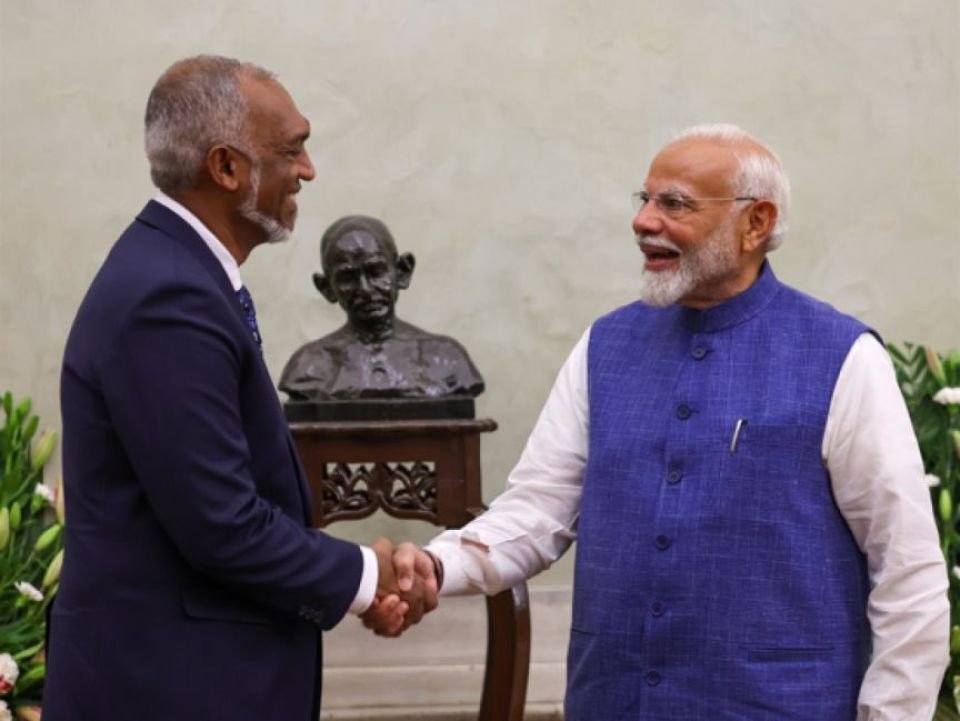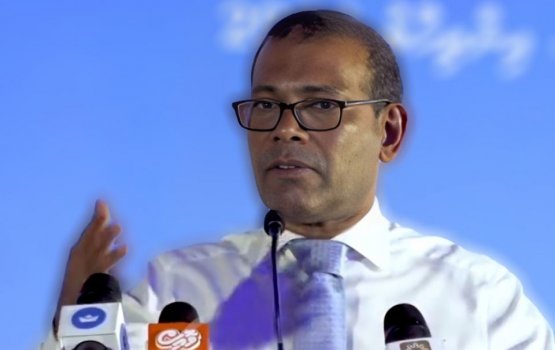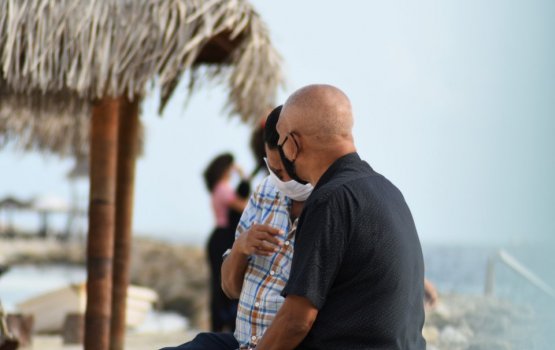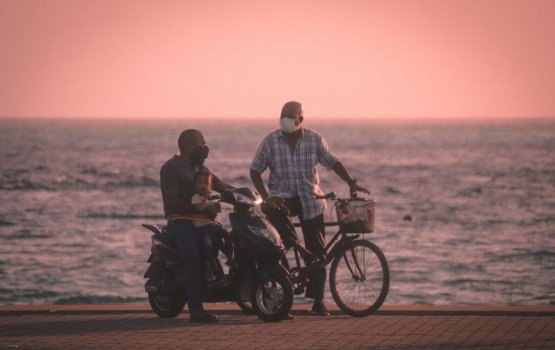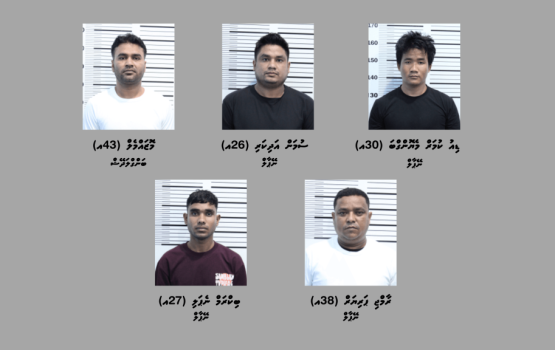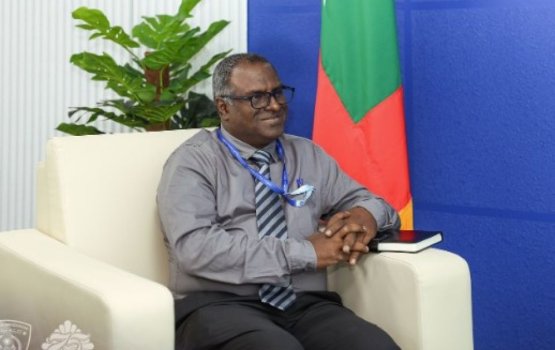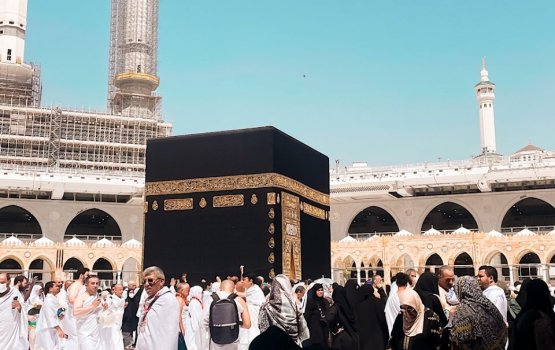India has significantly increased its financial and developmental support to the Maldives in recent years, reinforcing its role as the island nation’s most trusted development partner. A series of grants, treasury support, and infrastructure financing has been rolled out, underscoring deepening bilateral ties amid a shifting regional geopolitical landscape.
In the latest development, New Delhi signed 13 Memorandums of Understanding (MoUs) with Malé in May 2025, under the High Impact Community Development Project (HICDP) Phase III, committing a grant of MVR 100 million (approximately USD 6.6 million). The projects aim to enhance ferry connectivity, strengthen maritime infrastructure, and uplift livelihoods across remote communities in the Maldives.
According to the Ministry of Foreign Affairs of the Maldives, these MoUs reflect "lifelines for communities" and are tailored to directly address pressing local needs. The projects are being implemented in partnership with the Ministry of Transport and Civil Aviation, and represent a continuation of India’s long-standing support to decentralized development in the atolls.
Expanding Budgetary Commitments
India's Union Budget for FY 2025–26 earmarked INR 600 crore (roughly USD 69 million) in bilateral assistance to the Maldives, a notable increase from INR 470 crore allocated in the previous fiscal year. This boost reflects growing confidence in the bilateral relationship and India’s strategic prioritization of the Maldives under its Neighbourhood First and SAGAR (Security and Growth for All in the Region) policies.
According to projections by the Maldivian Finance Ministry, the country expects to receive MVR 1.6 billion in total international grant aid in 2025, with India contributing approximately 72% of this amount — estimated at MVR 1.15 billion (~USD 75 million).
Strategic Financial Support
Beyond grants, India has also extended crucial macroeconomic support through monetary instruments. In May 2025, India rolled over a USD 50 million Treasury Bill held by the State Bank of India in Malé, interest-free, for an additional year. This marks a continuation of a financial safety net initiated in 2019 to help the Maldives manage its foreign exchange reserves.
Earlier, in October 2024, India extended a USD 400 million currency swap line under the SAARC framework and an additional INR 30 billion (approx. USD 357 million) to stabilize the Maldivian rufiyaa and support monetary liquidity.
In a further show of goodwill, India provided an additional USD 100 million in the same period to help the Maldives meet its external debt obligations and finance infrastructure projects—offering a critical cushion as the country faced increasing economic headwinds.
Major Infrastructure and Development Projects
India’s development footprint in the Maldives is also visible through several high-value infrastructure projects:
- The Greater Malé Connectivity Project — the largest Indian grant-backed project in the Maldives — combines a USD 100 million grant with a USD 400 million line of credit, to construct a 6.74 km bridge connecting Malé to Villingili, Gulhifalhu, and Thilafushi.
- A USD 50 million grant and line of credit supports the development of the Uthuru Thila Falhu Naval Base Harbour, enhancing maritime security and defense cooperation.
- India has also invested USD 100 million in water and sanitation projects, benefitting over 28,000 residents across multiple islands with access to clean water and waste management systems.
Strengthening Bilateral Ties
These grants and financial packages are being viewed not only as economic lifelines, but also as strategic tools to deepen the India-Maldives relationship — which has seen signs of renewed warmth in recent months. With diplomatic engagements including high-level visits and India’s invitation to serve as Chief Guest at Maldives’ Independence Day celebrations on July 26, 2025.
India’s wide-ranging assistance continues to solidify its position as the Maldives' most reliable development partner, offering not only infrastructure and financial support, but a platform for long-term economic resilience and regional stability.

